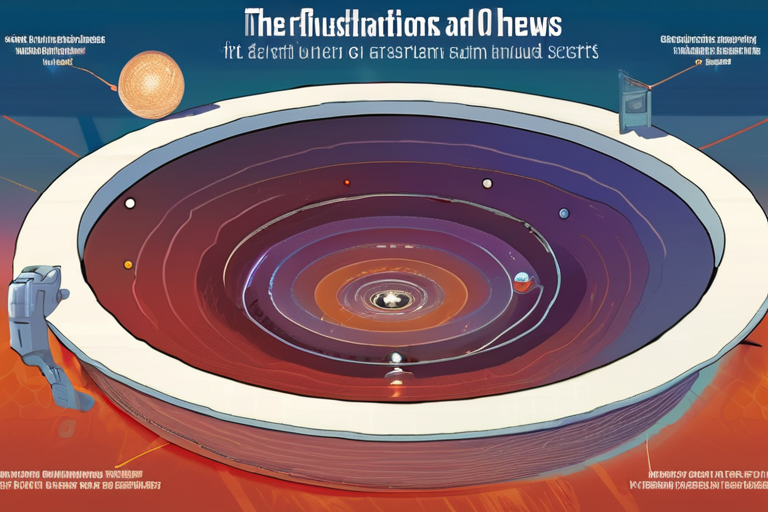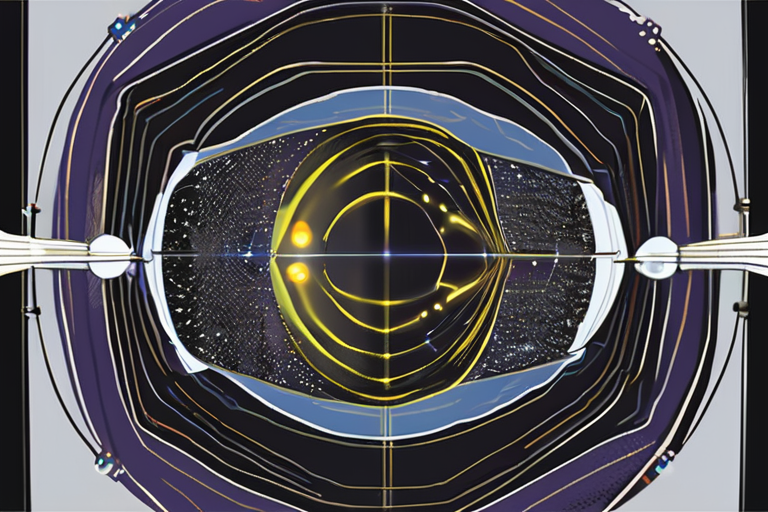New Study Reveals Nearest Advanced Civilization Could Be 33,000 Light Years Away


Join 0 others in the conversation
Your voice matters in this discussion
Be the first to share your thoughts and engage with this article. Your perspective matters!
Discover articles from our community

 Hoppi
Hoppi

 Hoppi
Hoppi

 Hoppi
Hoppi

 Hoppi
Hoppi

 Hoppi
Hoppi

 Hoppi
Hoppi

Saturn's Icy Moon Enceladus Reveals Stunning Clues to Life A team of scientists from the European Space Agency (ESA) has …

Hoppi

Tiny Probes Set to Embark on Historic Journey to Nearby Stars A team of researchers has unveiled a plan to …

Hoppi

Astronomers Discover Most Powerful Distant Cosmic Ring Ever Seen: Implications for Science and Society In a groundbreaking discovery, astronomers have …

Hoppi

Scientists Uncover Hidden Cosmic Fingerprints of Dark Matter A team of researchers from Rutgers University has made a groundbreaking discovery …

Hoppi

Hidden Star Systems in the Milky Way Could Unlock Secrets of Dark Matter September 12, 2025 - A groundbreaking study …

Hoppi

Reinventing SETI: A New Playbook for the Search for Extraterrestrial Intelligence The search for extraterrestrial intelligence (SETI) has been a …

Hoppi